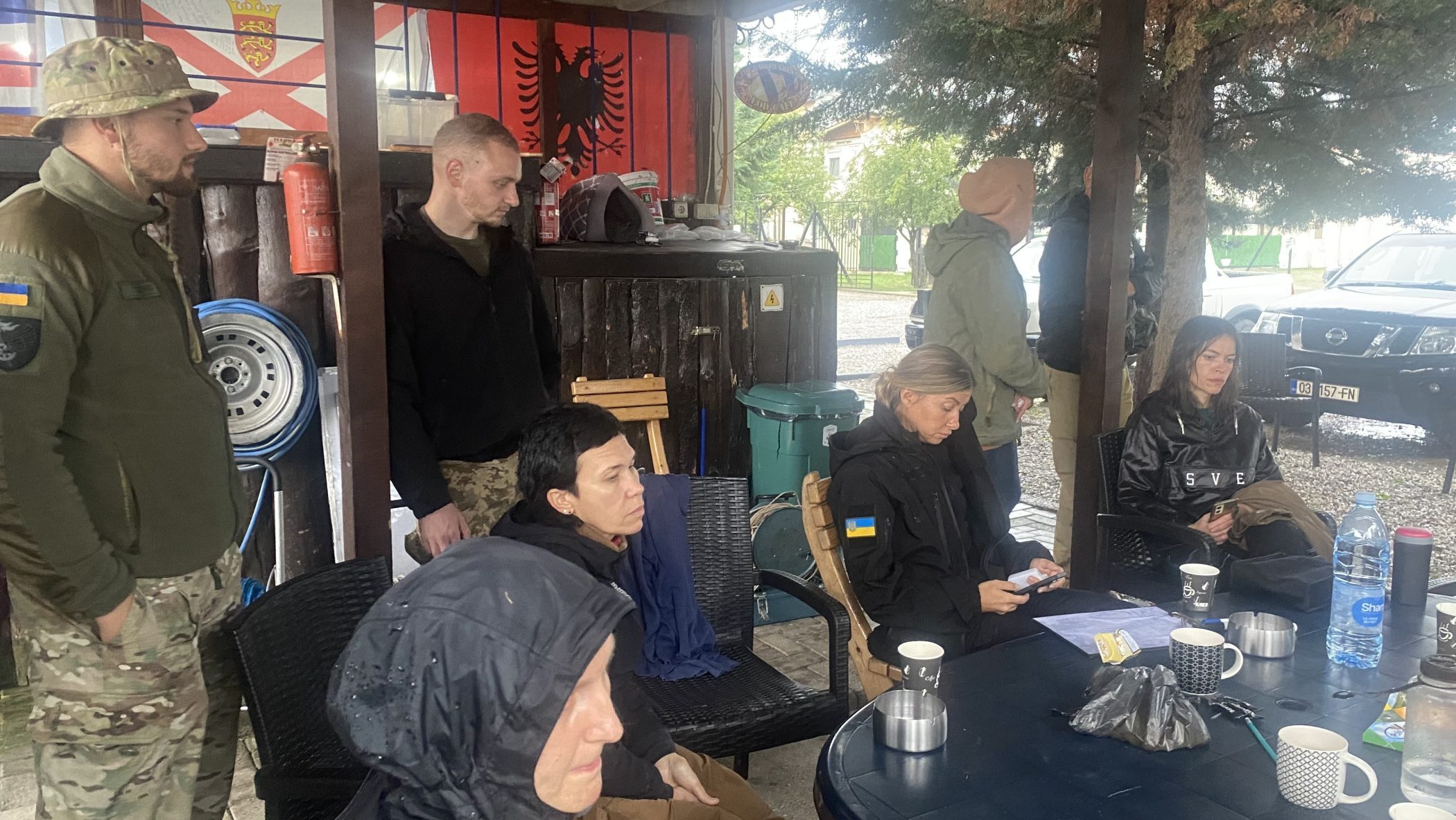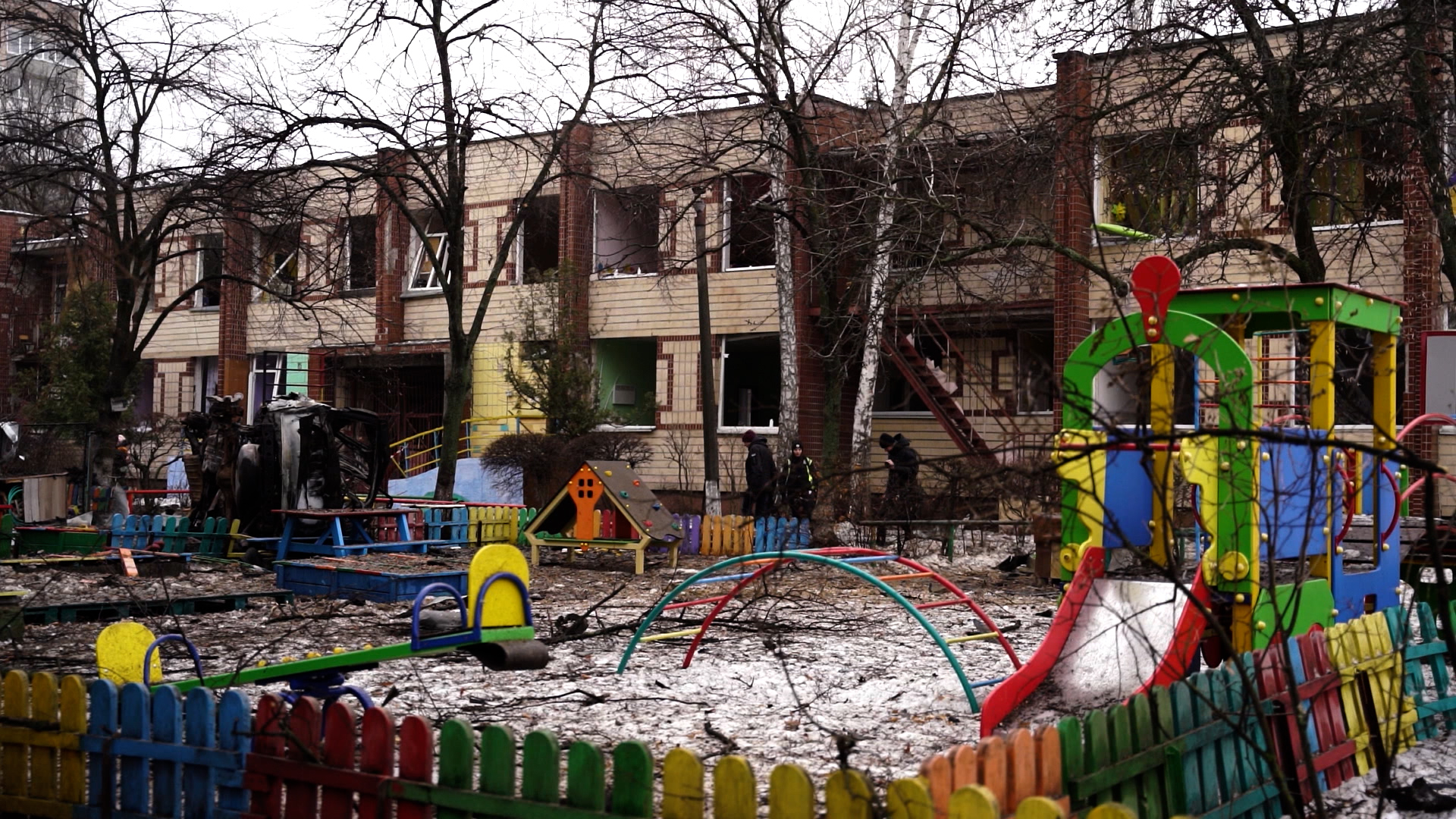Mikhail Savchenko witnessed war crimes three decades ago in Bosnia, and again in his native Ukraine. In seeking justice for Russian forces’ violations, rights experts say Ukraine must avoid Bosnia’s...
Amid Russia’s full-scale war against Ukraine, the issue of restoring justice has gained particular importance. Since late 2022, when Ukraine liberated the territories of the Kharkiv and Kherson, the country...
Increasing numbers of Ukrainians are learning demining techniques at a training school in Kosovo – hoping to make a difference back in their war-ravaged home country, which has been massively...
Ukrainian President Volodymyr Zelensky’s adviser for sanctions told BIRN that the authorities in Bosnia and Herzegovina should do more to tackle Russian-linked schemes intended to dodge Western-imposed sanctions against Moscow.
Ibro Zahirovic filmed life in the besieged enclave during the Bosnian war and captured the last moments before it fell in July 1995 – escaping with videos that were later...
By testifying about beatings and sexual abuse suffered in Russian captivity, a woman from eastern Ukraine aims to inspire others to testify in order to document as many crimes as...
Modelled on a similar project in Sarajevo, the War Childhood Museum in Kyiv documents Ukrainian children’s memories of their everyday life during the ongoing invasion.
The small town of Hostomel, close to Kyiv, took centre stage in early 2022 during the beginning of the full-scale Russian invasion of Ukraine. Countless war crimes committed by the...
Two years after the start of the full-scale Russian invasion of Ukraine, people in Kyiv and the surrounding areas say they feel forgotten by the international public after the global...









